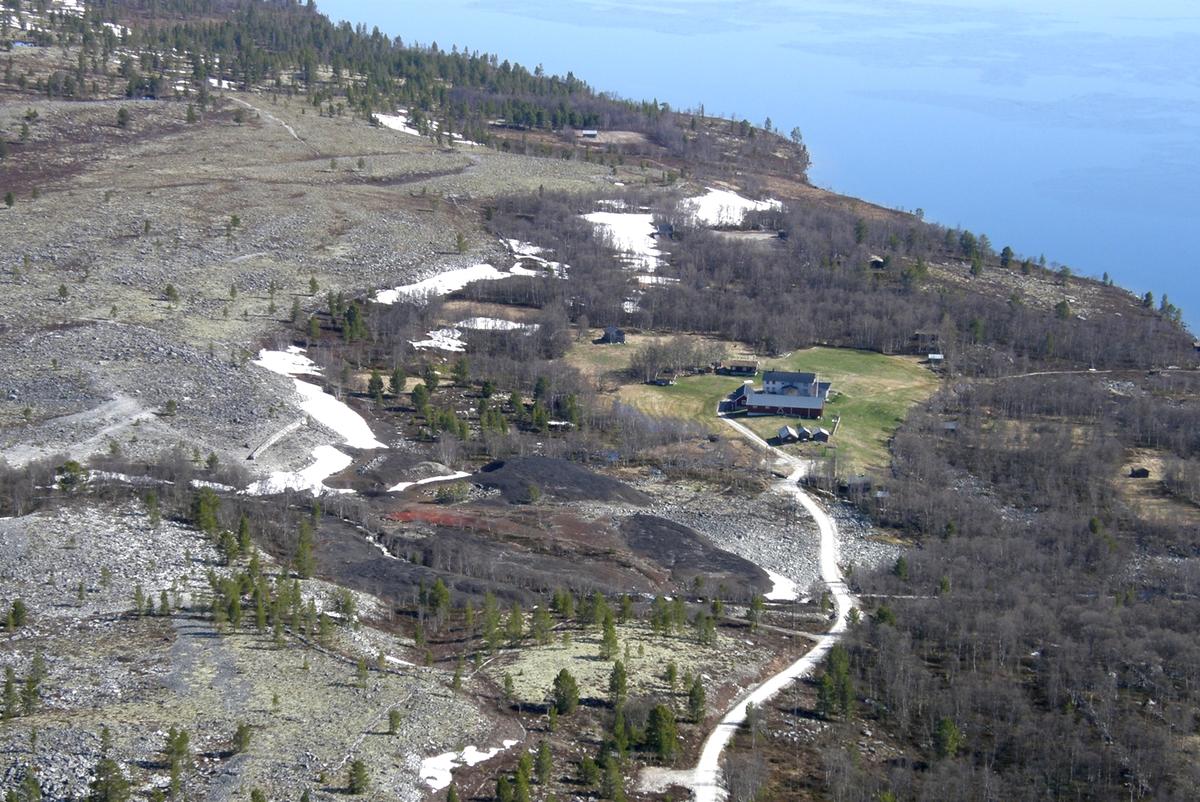- 1/1
Femundshytta Ole Jørgen Kjellmark
The transportation of ore from the mines around Røros to Femundshytta was arduous. This was preferably carried out during the winter using horse or ox-drawn sledges over frozen landscape, or by boat from Nordvika over Femund lake during summer. The product of the Femundhytta smelter, black copper, was then transported back to the smelter at Røros for the final refining process.
According to the 1801 census, there were at that time 11 separate dwellings with altogether some 58 persons living at Femundhytta. In addition to working for the Copper Works people made their living by hunting, fishing and farming. In addition, the Sami people grazed their reindeer and utilised the area which led to an important barter trade on certain items.
Remains from the smelting industry together with the foundations of dwellings bear witness to the intensive utilization of available resources and to traditional settlements in an area where conditions were extremely challenging.
